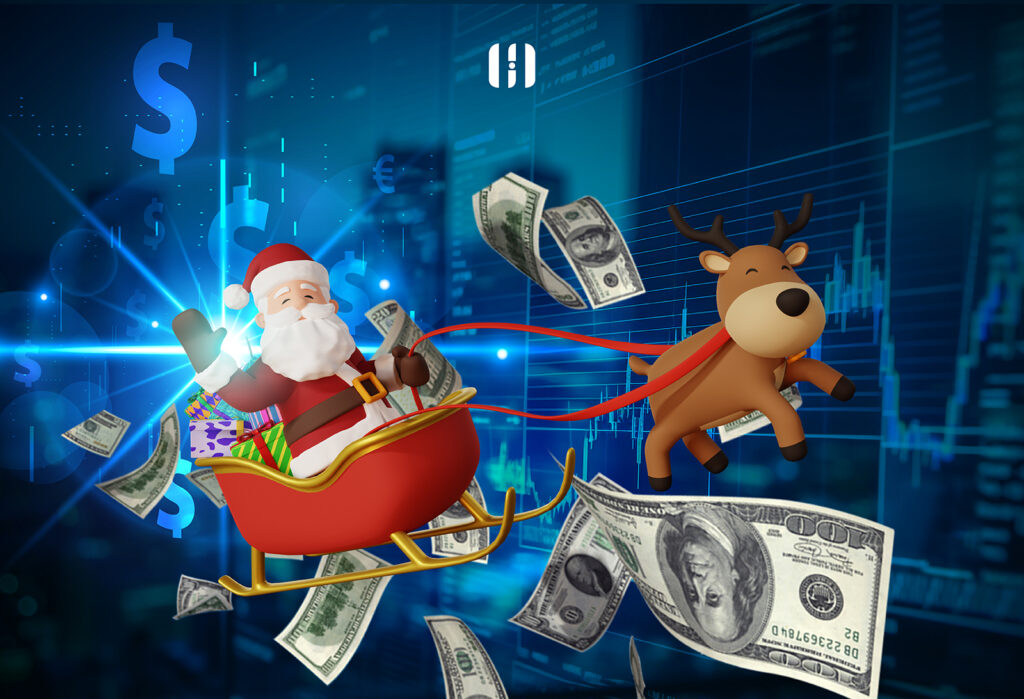The term is used by various investors to refer to the increases experienced by markets during the last week of the year and the first few days of the new year, as if it were a seasonal trend. Technically, the study of this rally includes the last five trading days of the year and the first two days of January to encompass a “working” week of operations, with the S&P 500 as the gauge, although previously the reference was based on the Dow Jones. In the last 13 years, on ten occasions, the S&P 500 gained during the Santa week, and on three, it had a negative performance, which was in the years 2014, 2015, and 2022. In 2012 (the year when, according to the Mayans, the world was supposed to end), the best streak was recorded with a 2% increase, and in the previous year (2011), it was 1.90%, being the second highest in the reviewed period (2010 – 2013). The average increase on these dates is 0.36%, higher than the weekly average of the mentioned years, which is 0.30%. The worst Christmas-New Year week occurred in 2014 with a 3% fall, followed by 2015 with -2.30%. The reasons why the last week of the year is believed to be the most predictable with a positive trend range from rebalancing of equity positions, fiscal matters, and the optimism generated by the “Christmas holidays.” Statistically, it seems to be a week with a higher probability of success, however, it is technically impossible to assert that the phenomenon exists and to generalize it as a cyclical trend, since there are few seasonal phenomena that truly exist when analyzing economic and financial data. If the last week of the year were a rally derived from the reasons commonly found, such as the increase in positions due to increased savings or rebalancing to “beautify” figures in certain stocks, the execution and effect would be translated throughout the month of December, even from November, and not just in the last week. With the evidence shown, the last week of the year in the stock markets seems to be more of a formality with a general holiday period in the financial sector, relaxing the markets further. Moreover, different corporations avoid bad news at the end of the year, and historically, it is when the world reacts least negatively to social and political factors, eliminating the most difficult variable to predict when “news” are responsible for a bad streak. In conclusion, it is possible that Santa’s arrival injects positive energy into the markets, but it is definitely not the reason for a rally or a cyclical trend. Rather, it may be the wake of various market variables that occurred positively in previous weeks, and, when negative, are simply mitigated somewhat at the end of the year.




